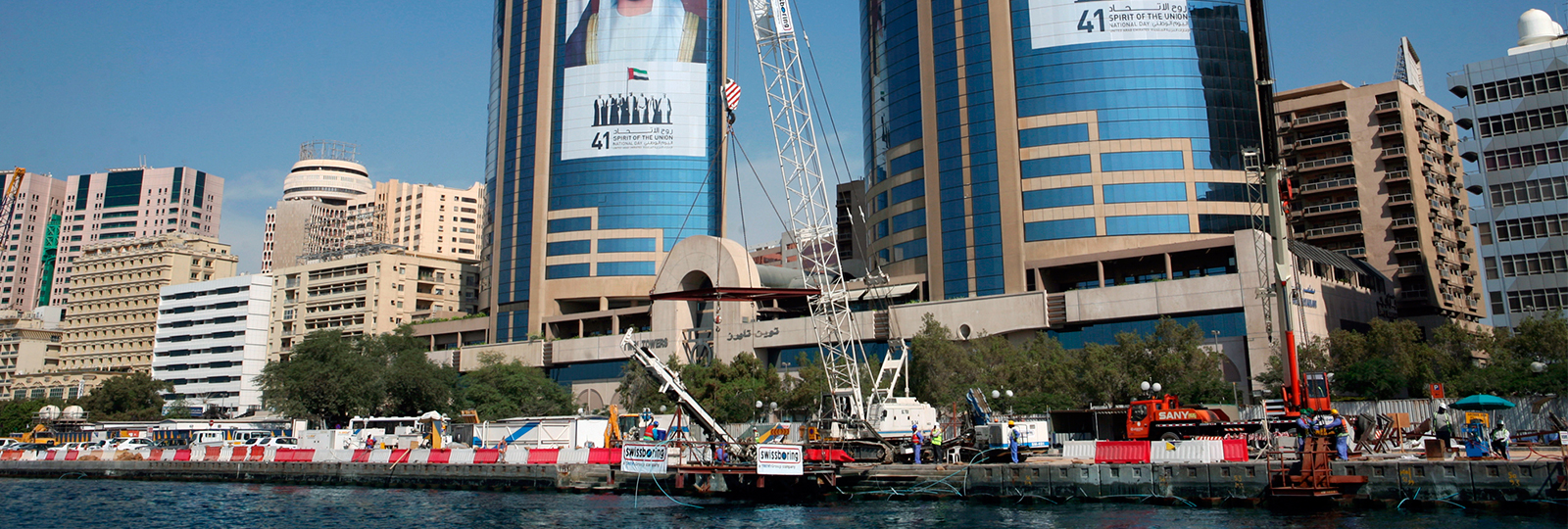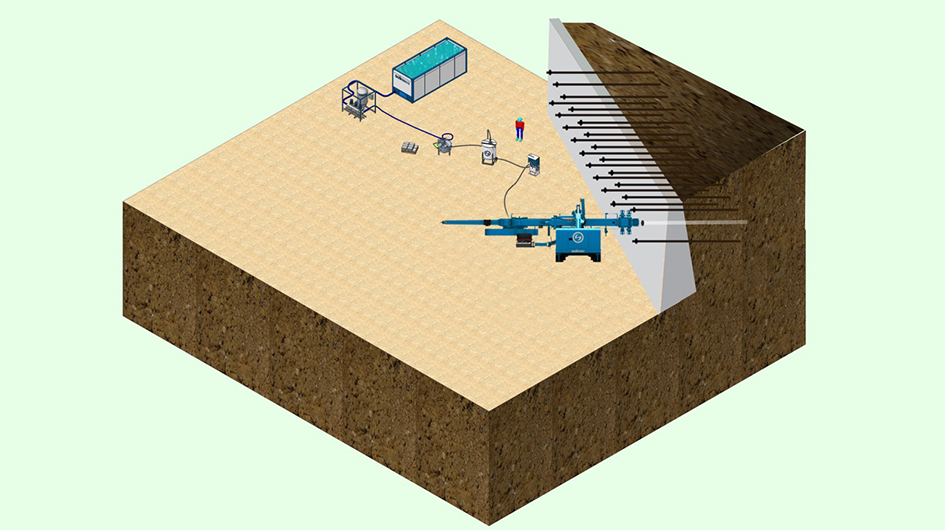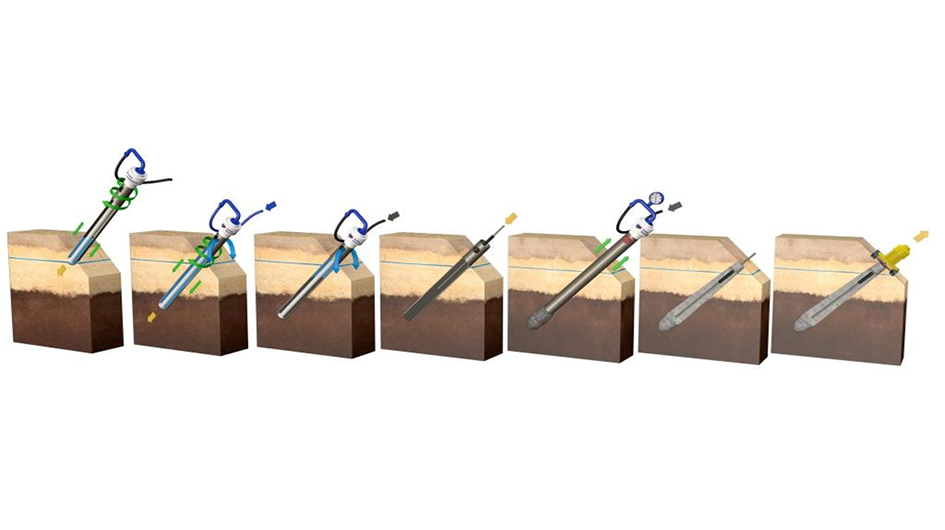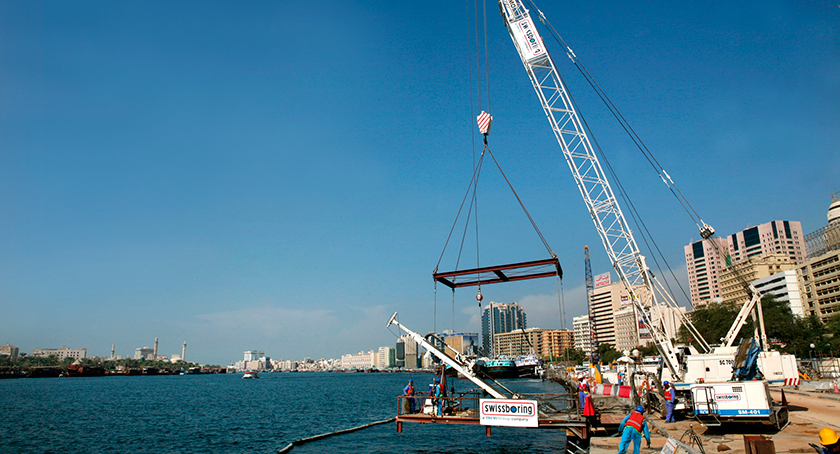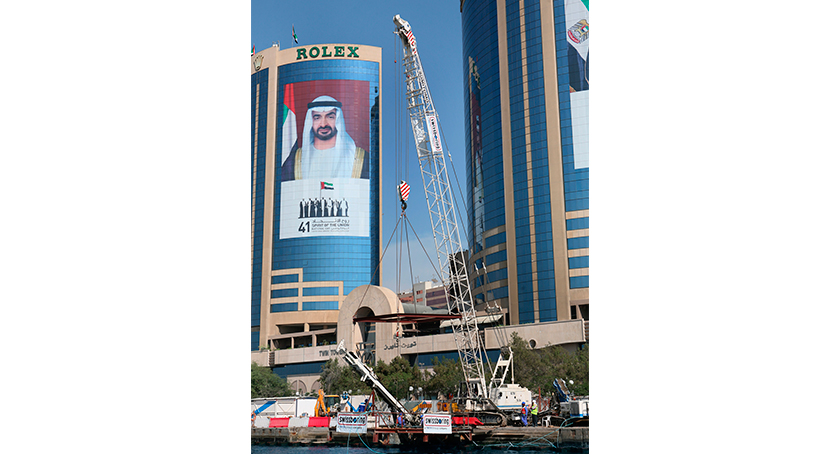Rock and Ground Anchors
A ground anchor is a device designed to support structures, it may be impact driven into the ground or run in spirally, depending on its design and intended force-resistance characteristics.
A prestressed grouted ground anchor is a structural element installed in soil or rock that is used to
transmit an applied tensile load into the ground; ground anchors, are installed in grout filled drill holes. and are also referred to as “tiebacks”. The basic components of a ground anchor include the:
1) anchorage
2) free stressing (unbonded) length
3) bond length
The anchorage is the combined system of anchor head, bearing plate, and trumpet that is capable of transmitting the prestressing force from the prestressing steel (bar or strand) to the ground surface or the supported structure.
Ground anchors have a variety of applications, including:
• Retaining walls, as part of erosion control systems
• Structural support of temporary buildings and structures,[2] such as circus tents and outdoor stages
• Tethering marine structures, such as floating docks and pipelines
• Supporting guyed masts, such as radio transmission towers
• Anchoring utility poles and similar structures
• Drainage systems, for loadlocking and restraining capability to happen simultaneously
• Landscape, anchoring trees, often semi-mature transplants
• General security, as in anchoring small aircraft
• Sporting activities, such as slacklining or abseiling

